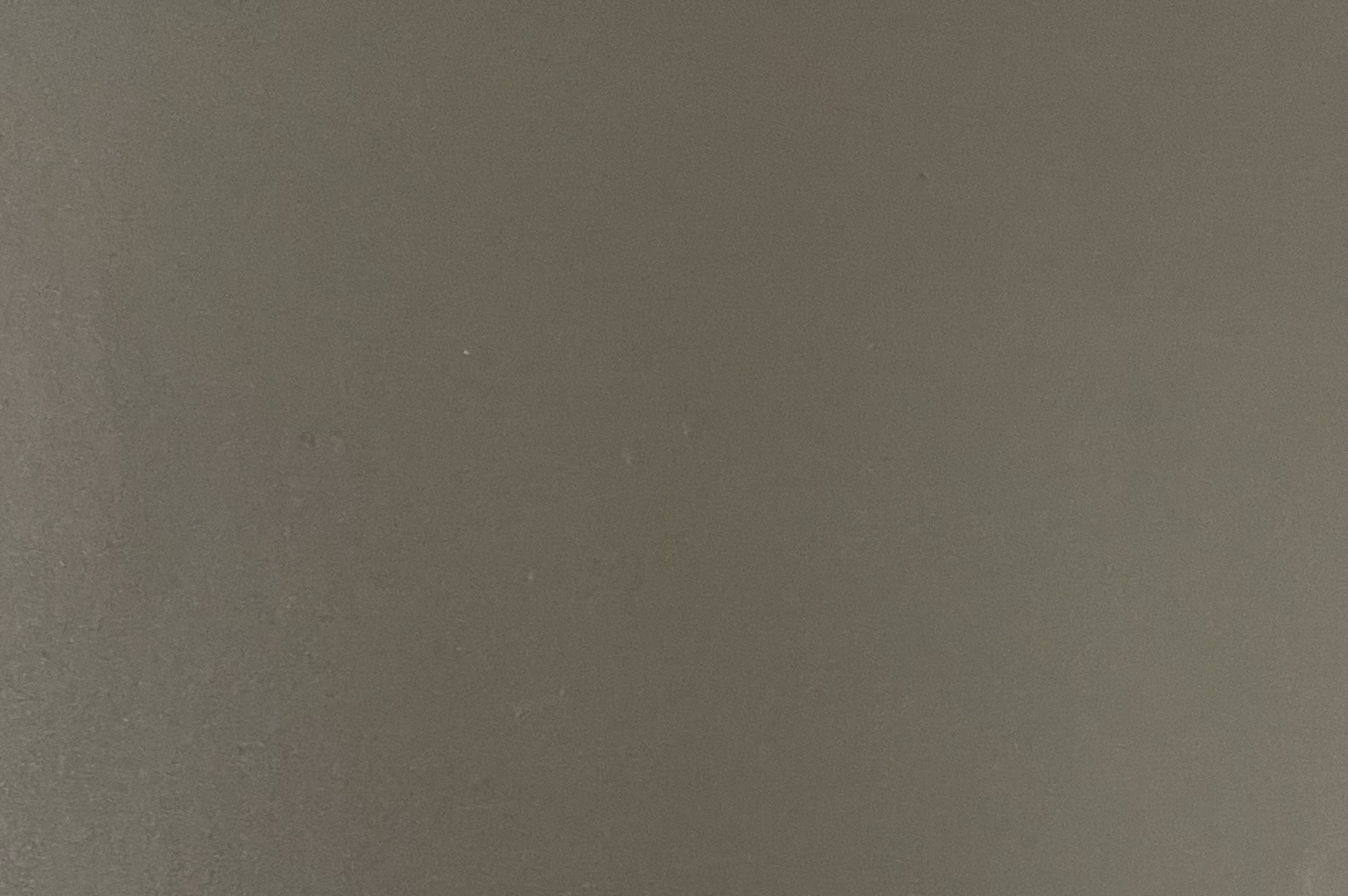Past
Performing the Image
curators Azad Asifovich et Asli Samadova







Press release
Galerie Dix9 is pleased to present Performing the Image, Dmitry Kostyukov?s first solo exhibition in France.
This project stems from Kostyukov?s work for Agence France-Presse (AFP) from 2008 to 2011 during which he produced a vast amount of images. These photographs were taken in conflictual, even dangerous, situations. The duty to inform meets the imperative of survival.
A dialogue with the exhibition curators led Kostyukov to the idea that transformation of documentary archives creates new meanings and new works of art that he would be able to exhibit publicly as a statement of artistic freedom to use his own works and importance of fair use for the documentary materials. .
By transforming the existing work and adding new elements, Kostyukov found new expression and meaning of the works. Dmitry reiterates Michel Foucault?s question: Who is the Author? According to Foucault, the notion of author was born out of the need to identify the person who created a work of art deemed immoral in order to punish him or her.
It is not surprising that to conceal the work the artist chose Black 3.0, the «blackest black paint in the world? developed by Stuart Semple in response to Vantablack that absorbs 99% of visible light exclusively owned by artist Anish Kapoor.
Kostyukov?s retrospective action masks the neutralizing authority of photography as a medium. This gesture reveals the author?s relationship to what he sees in his own images, and to his work.
The punctum, the detail that significantly enhances a photograph (according to Roland Barthes) is dislodged by the artist, following his own conceptual and pictorial logic. The quadrilateral shapes refer to the Eastern European avant-gardes. Through his conceptual act, Kasimir Malevich turns painting into a performance: the painter?s gesture creates its own context.
Thus, far from decontextualising the territories he has photographed, Dmitry Kostyukov rehabilitates the documentary dimension of his work. The painter-photographer makes visible what makes a context: the absence of its totality.
Throughout his career, investigative photography has accustomed Dmitry Kostyukov to a plural existence, being in several places almost simultaneously. He divides his time by devoting it to geographically scattered people and institutions. This virtual ubiquity affects the way he observes the interactions between the different communities he encounters.
In general, Kostyukov?s approach to photography is about the impossibility of capturing the context. itself to him as a method of visual research, a critical investigation of the environment of a situation, and the constraints of this investigation.
Without trying to tell a story, Dmitry Kostyukov focuses on capturing the details that one would show to a friend, to help them understand an experienced situation. Photography presents itself to him as a method of visual research, a critical investigation of the environment of a situation, and the constraints of this investigation.
Dmitry Kostyukov also works with three-dimensional objects, texts, materials and design. His recent work focuses on the relationship between human beings and humanoid technologies. He studies the visual impact on contemporary globalized society.
Currently based in Paris, Dmitry Kostyukov was born in Sevastopol, USSR in 1983. His childhood in a family of high-ranking officials in the Ministry of Defence, as well as his education in a military academy, shaped his interest in the analysis of social structures. He obtained a degree in journalism from Moscow State University (BA) and a Master?s degree from the Royal Academy of Art in The Hague.
Subsequently, he specialized in the visual coverage of conflicts in post-Soviet regions. He has documented the conflicts in Georgia and Afghanistan. His work has been featured in the New York Times, Times Magazine and the Financial Times, among others. He has been nominated for and won several international awards, including the Sony World Photography Awards, for which he was a finalist in 2011, and NPPA: the best of photojournalism, which he won in 2010.






